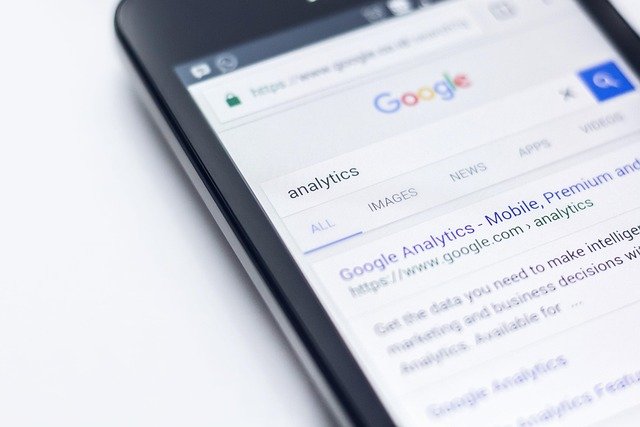Outcome-focused monitoring for long-term wellbeing
Outcome-focused monitoring brings together ongoing measurement, data analysis, and user engagement to support lasting wellbeing. By aligning monitoring efforts with clear health outcomes, programs can move from episodic care to continuous, preventive approaches that address risk and chronic conditions.

Outcome-focused monitoring is the practice of tracking health indicators with explicit links to long-term outcomes rather than isolated measurements. This approach emphasizes continuous data collection, interpretation, and feedback loops that guide preventive actions, support behavioral change, and measure progress across populations. The paragraphs below explain how monitoring, wearables, analytics, telemonitoring, and engagement come together to reduce risk and support sustained wellness.
Preventive monitoring and long-term wellness
Preventive monitoring centers on detecting early signs of risk and intervening before problems escalate. Regular measurement of vitals, activity, sleep, and other markers allows clinicians and programs to identify trends that precede chronic disease progression. When prevention is tied to measurable outcomes, care teams can prioritize interventions that demonstrably lower risk, such as medication adjustments, lifestyle coaching, or referral to specialists. Preventive monitoring also supports resource allocation at the population level by highlighting where screening and outreach will have the greatest long-term impact.
How do wearables contribute to data collection?
Wearables extend monitoring beyond clinical settings, producing continuous streams of behavioral and physiological data. Devices such as activity trackers, heart-rate monitors, and sleep sensors capture everyday patterns that correlate with risk for conditions like diabetes, cardiovascular disease, and sleep disorders. By combining wearable data with self-reports and clinical records, programs gain a richer view of each person’s baseline and deviations. Wearables can improve engagement by providing users with real-time feedback, though data quality, device interoperability, and privacy protections remain important considerations when integrating these sources.
What role do analytics play in risk prediction?
Analytics transform raw monitoring data into actionable insights. Predictive models and trend analysis can identify individuals at rising risk for chronic conditions, enabling timely outreach. Analytics also help differentiate transient changes from meaningful deterioration, reducing false alarms and focusing care on cases with the highest expected benefit. Transparency and validation of analytic methods are essential: models should be interpretable for clinicians and tested across diverse populations to avoid biased recommendations. Effective analytics link monitored signals to specific outcomes so interventions can be evaluated and refined over time.
Telemonitoring for chronic condition management
Telemonitoring enables remote supervision of patients with chronic conditions by transmitting clinical measurements to care teams. For diseases such as hypertension, heart failure, and COPD, remote monitoring supports medication titration, symptom assessment, and early escalation when alerts indicate worsening status. Telemonitoring programs that target defined outcomes—fewer hospitalizations, improved symptom control, or stabilized biomarkers—are better positioned to demonstrate value. Integration with electronic health records and clear workflows for responding to alerts strengthens the clinical utility of telemonitoring in long-term management.
Behavioral engagement and population outcomes
Sustained behavioral engagement is central to converting monitoring into improved outcomes. Feedback loops that combine personalized insights, goal setting, and timely alerts help individuals adopt preventive behaviors such as increasing activity, adhering to medications, or improving sleep habits. At the population level, engagement metrics reveal which interventions resonate with different groups, enabling tailored strategies for subpopulations with distinct barriers. Programs that measure both individual behavior change and aggregated population outcomes can iterate on engagement tactics to maximize long-term wellness gains.
Using metrics, alerts, and outcomes to measure success
Clear metrics connect monitoring activities to defined outcomes, such as reduced risk scores, improved biometrics, or lower hospitalization rates. Alerts should be calibrated to minimize unnecessary interruptions while ensuring that important deviations trigger timely review. Outcome-focused programs track short-term process metrics (data completeness, device adherence, response times) alongside clinical outcomes to understand the pathways to improvement. Continuous monitoring of these measures supports quality improvement cycles and helps stakeholders evaluate whether investments in monitoring yield sustained wellbeing benefits.
This article is for informational purposes only and should not be considered medical advice. Please consult a qualified healthcare professional for personalized guidance and treatment.
In conclusion, outcome-focused monitoring aligns continuous data collection with clear goals for long-term wellbeing. Combining wearables, telemonitoring, robust analytics, and engagement strategies enables preventive care that addresses risk and chronic disease earlier and more efficiently. Measured metrics and calibrated alerts make it possible to evaluate impact across individuals and populations, guiding adjustments that sustain wellness over time.





